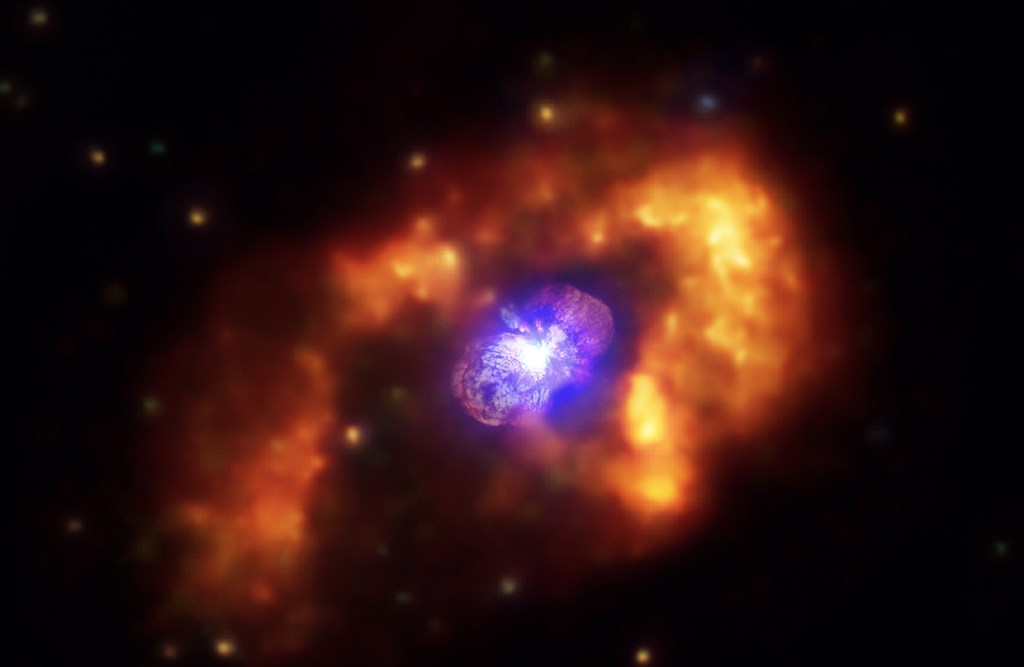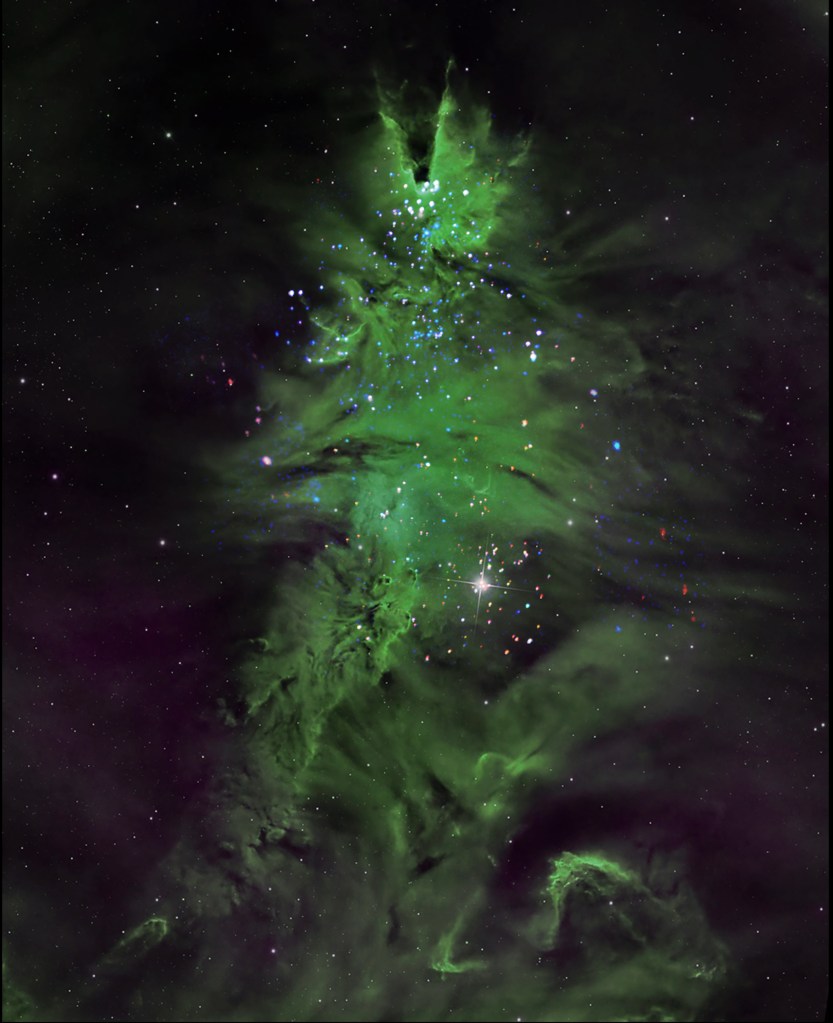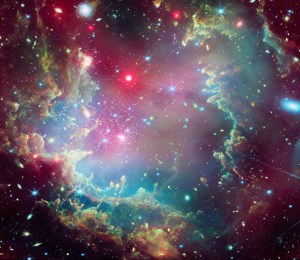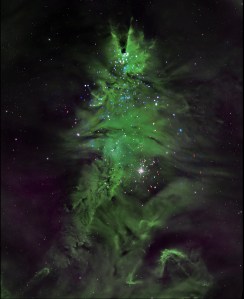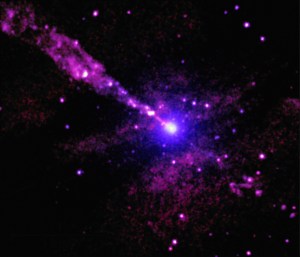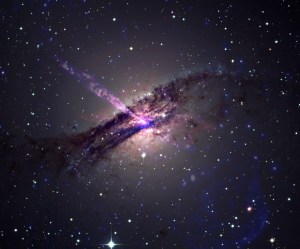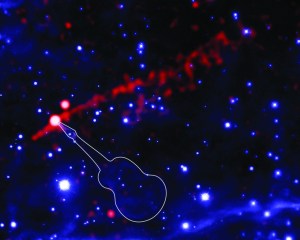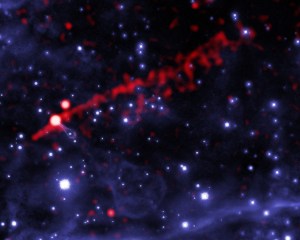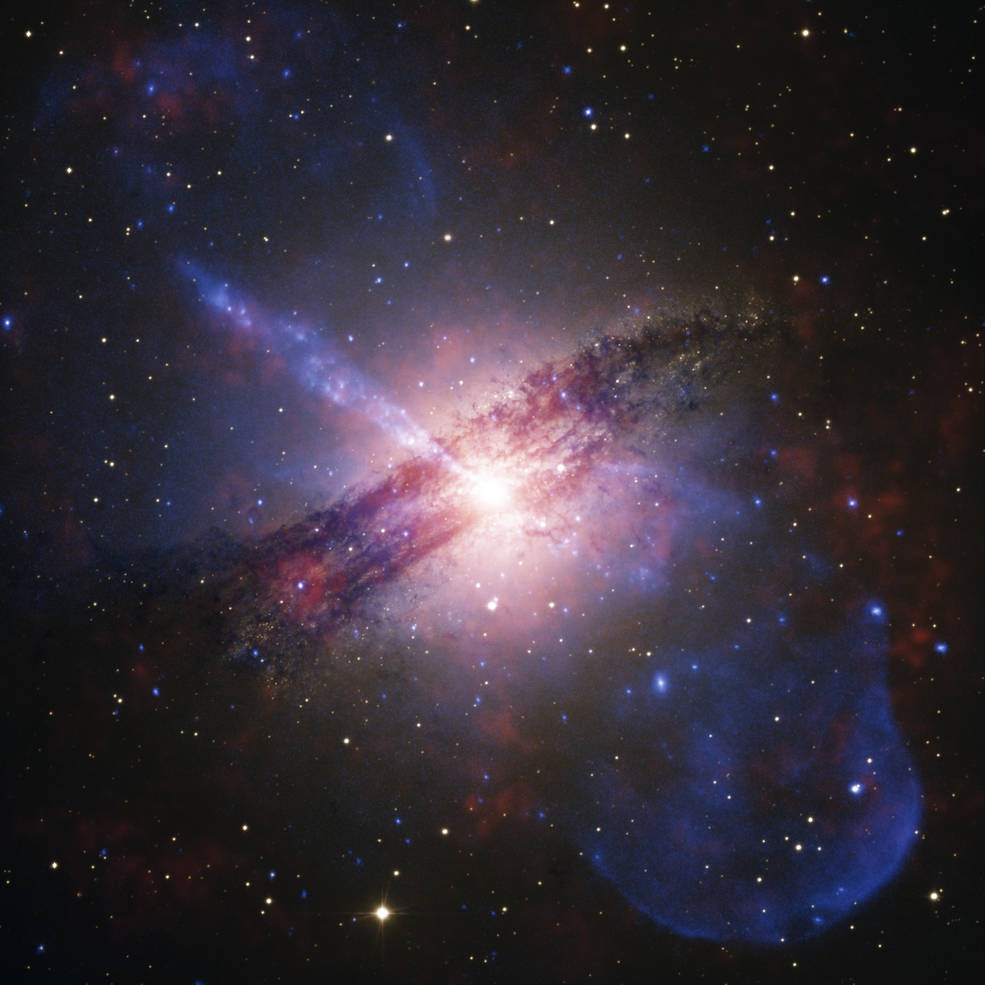Chandra X-ray Observatory
The Chandra X-ray Observatory is the world's most powerful X-ray telescope. It has eight-times greater resolution and is able to detect sources more than 20-times fainter than any previous X-ray telescope.
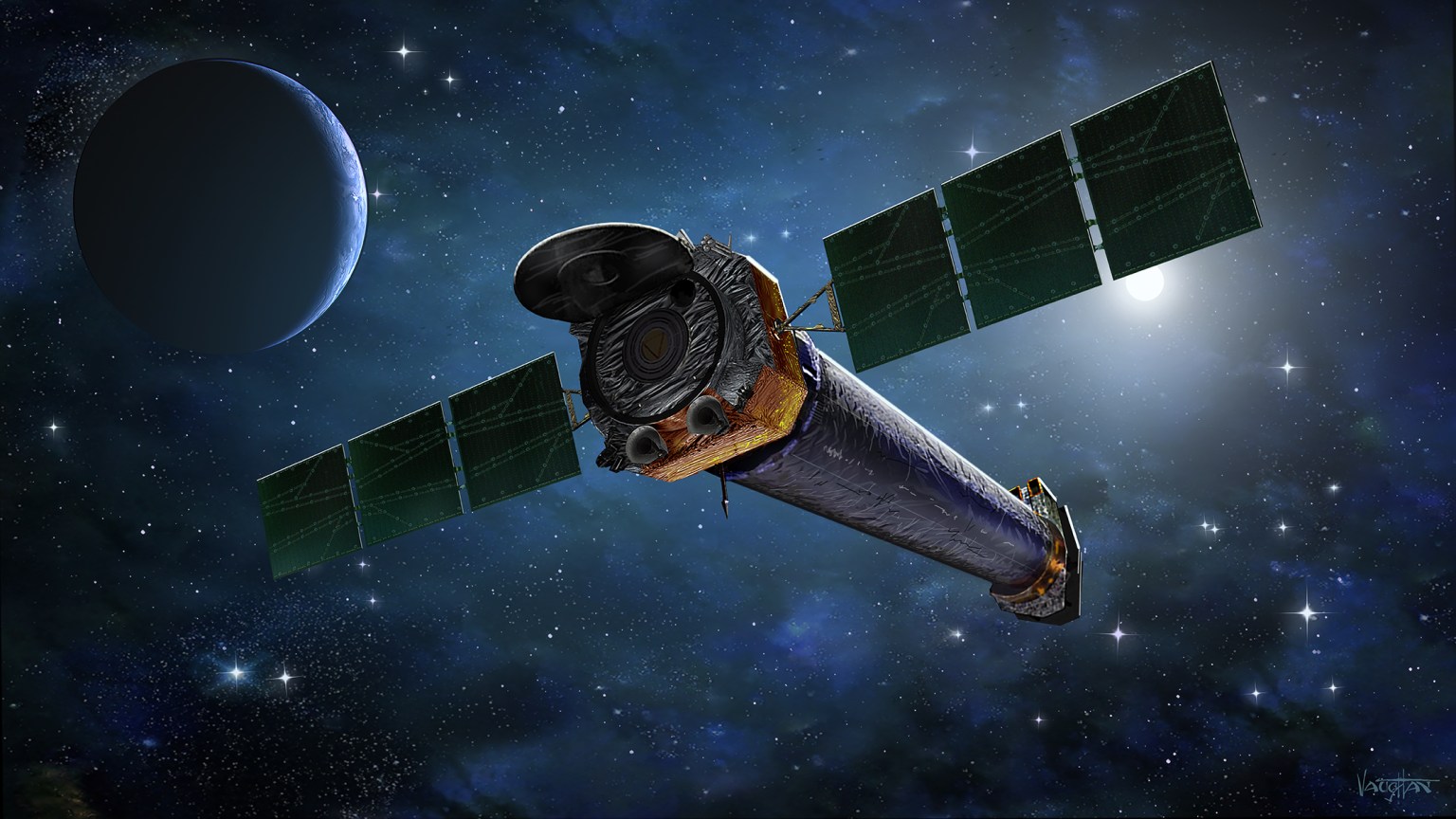
Latest News

NASA Open Science Reveals Sounds of Space

NASA Missions Spot Cosmic ‘Wreath’ Displaying Stellar Circle of Life

Black Hole Jet Stumbles Into Something in the Dark

NASA’s Chandra, Hubble Tune Into ‘Flame-Throwing’ Guitar Nebula
Overview
The Chandra X-ray Observatory allows scientists from around the world to obtain X-ray images of exotic environments to help understand the structure and evolution of the universe.
The Chandra X-ray Observatory is part of NASA’s fleet of “Great Observatories” along with the Hubble Space Telescope, the Spitizer Space Telescope and the now deorbited Compton Gamma Ray Observatory. Chandra allows scientists from around the world to obtain X-ray images of exotic environments to help understand the structure and evolution of the universe. The Chandra X-ray Observatory program is managed by NASA’s Marshall Center for the Science Mission Directorate, NASA Headquarters, Washington, D.C. The Smithsonian Astrophysical Observatory (SAO) in Cambridge, Mass., is responsible for the conduct of the day-to-day flight operations and science activities from the Operations Control Center and Chandra X-ray Center (CXC) facilities. The CXC Web site is the primary resource for information on the Chanda X-ray Observatory mission.
Learn More
Chandra Spacecraft and Instruments
The Chandra telescope system consists of four pairs of mirrors and their support structure. X-ray telescopes must be very different from optical telescopes. Because of their high-energy, X-ray photons penetrate into a mirror much as bullets slam into a wall.
Imagine making the surface of the Earth so smooth that the highest mountain was less than two meters (78 inches) tall! On a much smaller scale, the scientists and engineers at Raytheon Optical Systems in Danbury, Connecticut accomplished an equivalent feat when they polished and ground the four pairs of Chandra mirrors to the smoothness of a few atoms. Just as bullets ricochet when they hit a wall at a grazing angle, so too will X-rays ricochet off mirrors. The mirrors have to be exquisitely shaped and aligned nearly parallel to incoming X-rays. Thus they look more like glass barrels than the familiar dish shape of optical telescopes.
Read More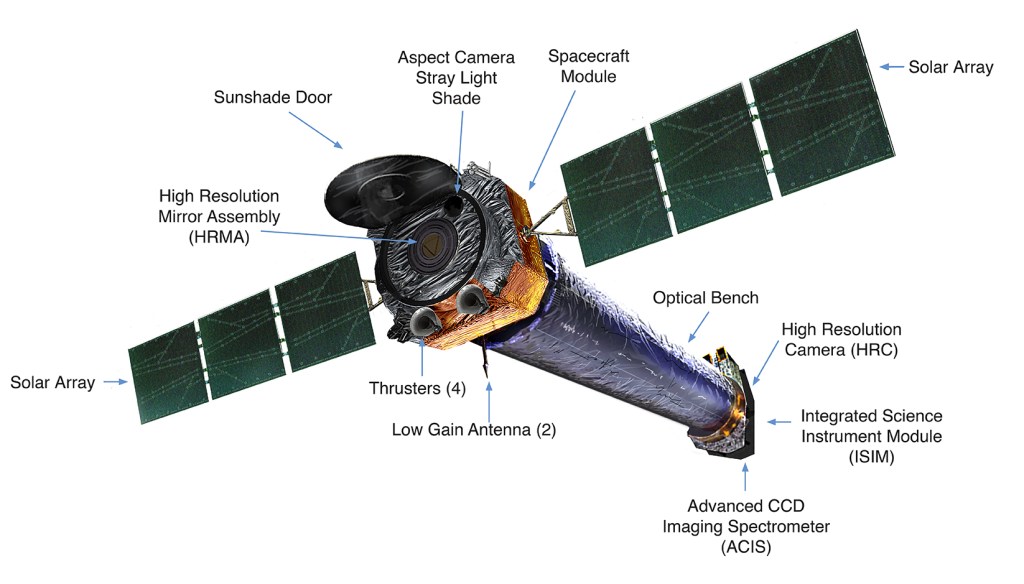
Chandra Team
Chandra Partnerships
The Smithsonian Astrophysical Observatory (SAO) in Cambridge, Mass., is responsible for the conduct of the day-to-day flight operations and science activities from the Operations Control Center and Chandra X-ray Center (CXC) facilities.
Read More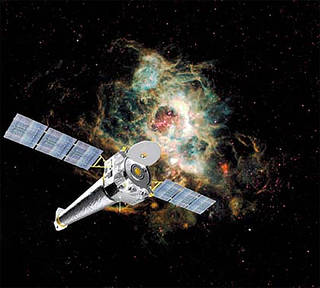
Fact Sheets
Chandra X-ray Observatory fact sheets provide current and background information on the telescope and its discoveries.
Read More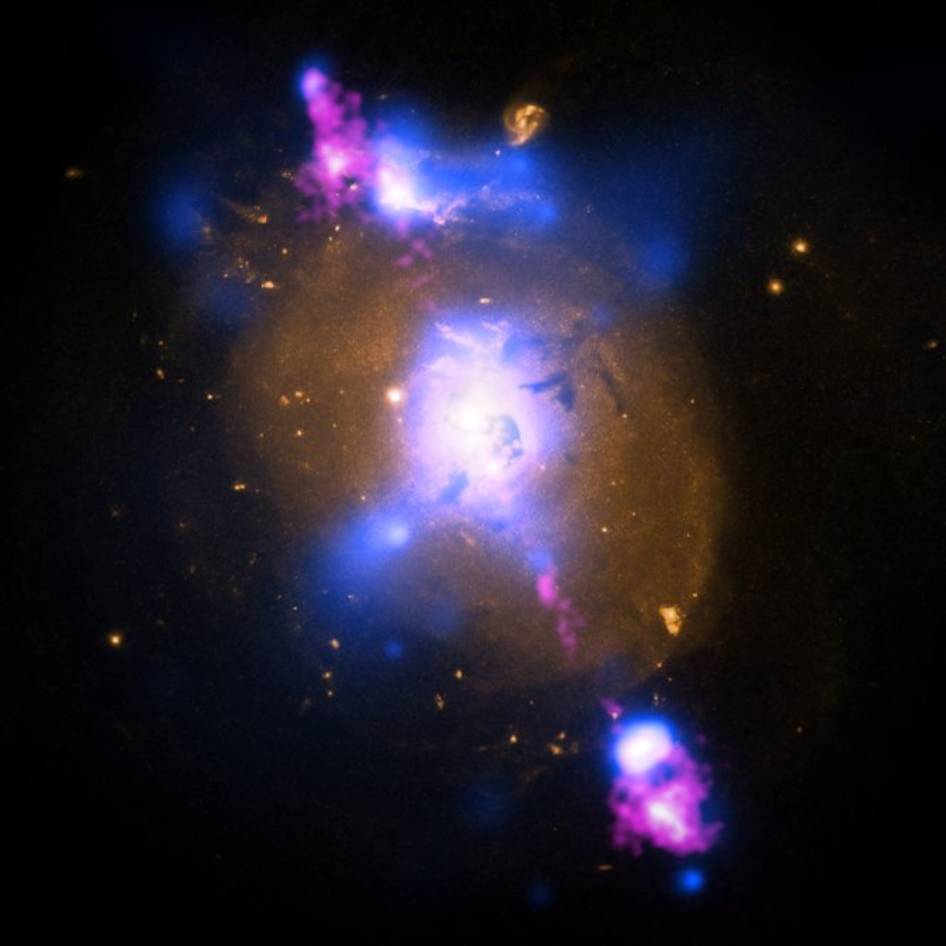
Media Resources
Contact Information
Lane Figueroa
Public Relations Officer
Marshall Space Flight Center
Huntsville, Ala.
256-544-0034
lane.e.figueroa@nasa.gov
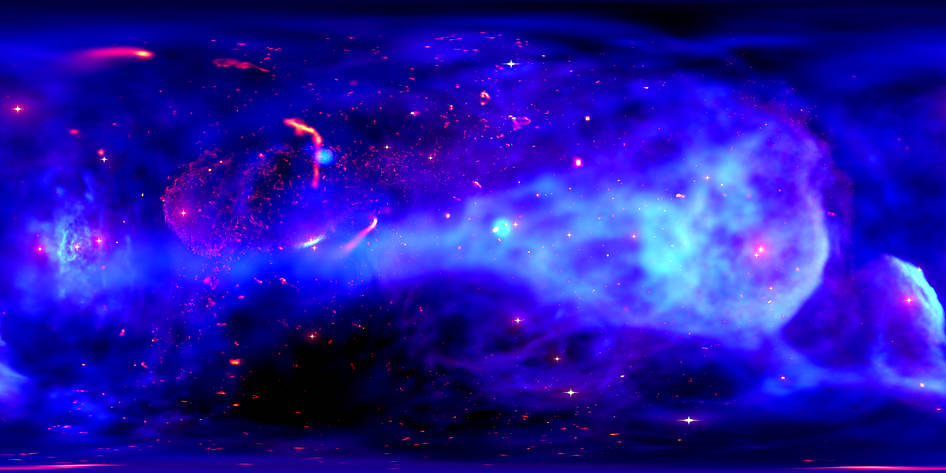
Chandra Rewinds Story of Great Eruption of the 1840s
A new time-lapse sequence shows Eta Carinae as it changes over time from 1999 to 2020.
Read the Story